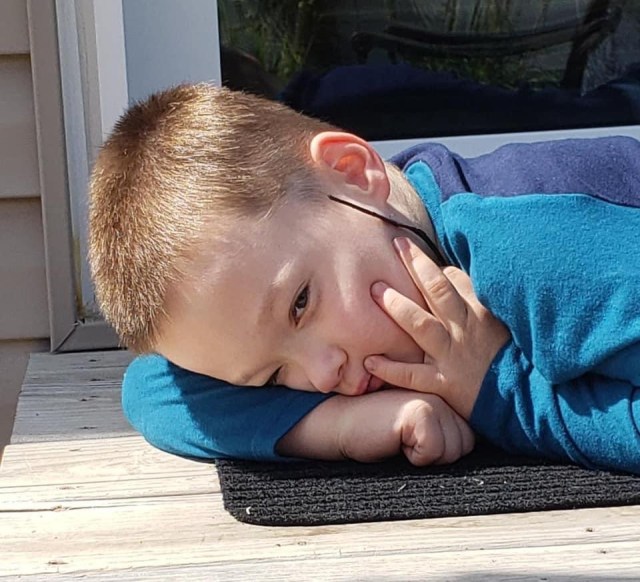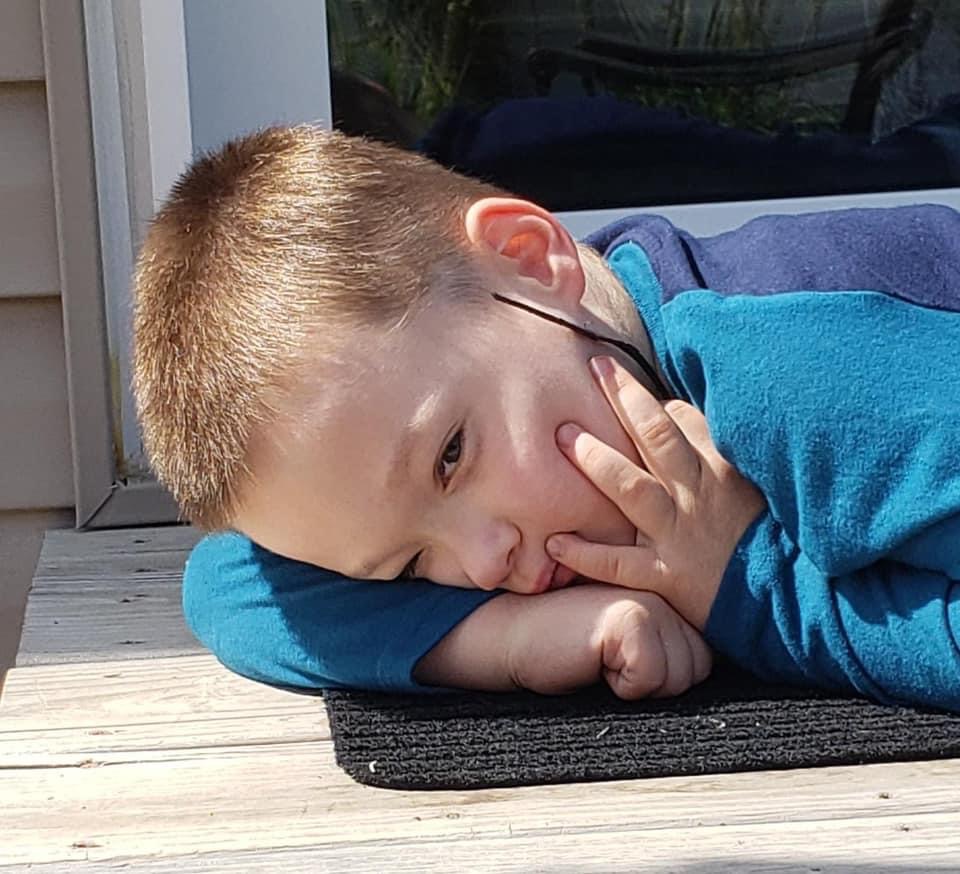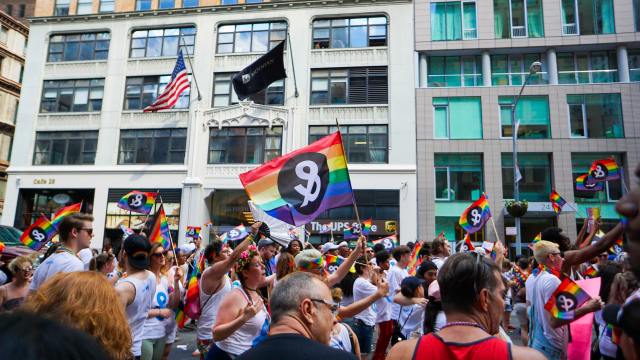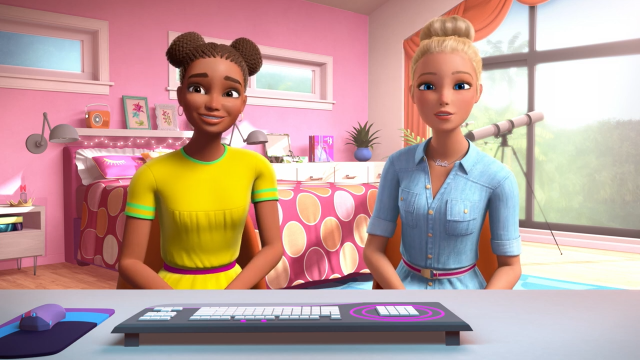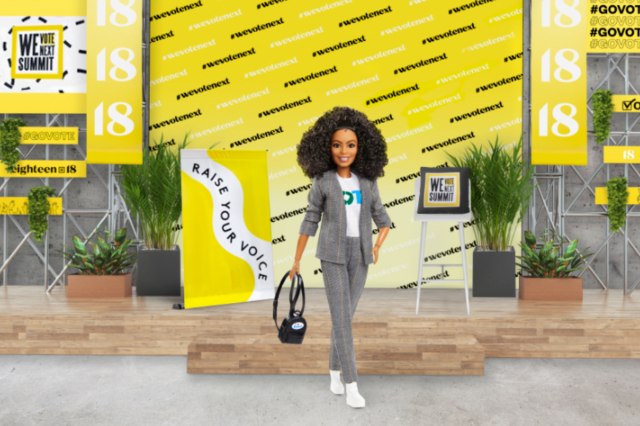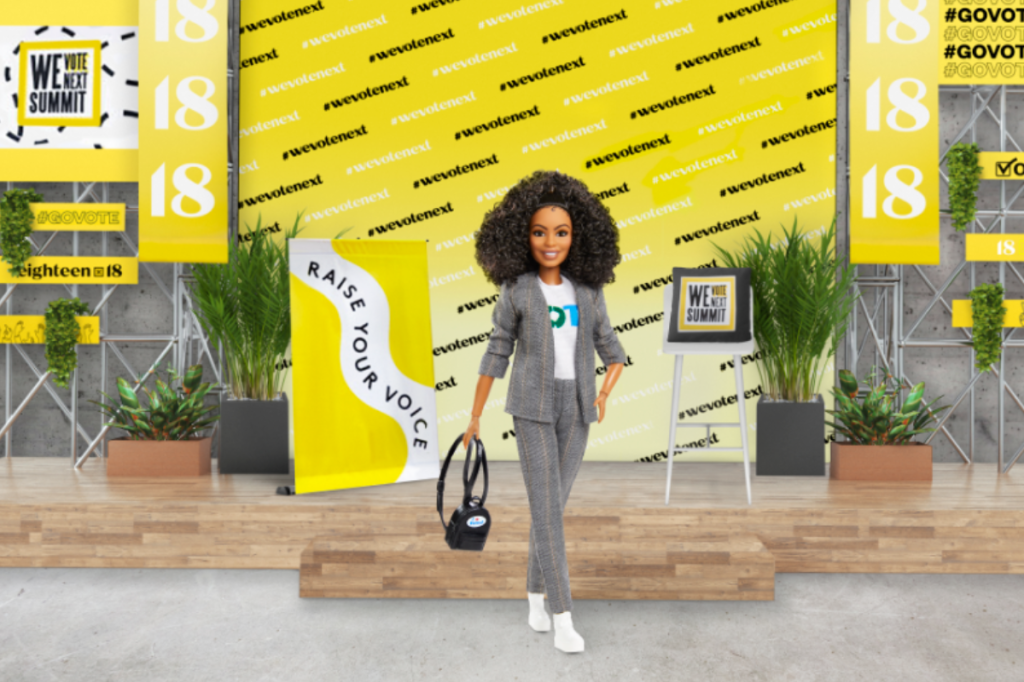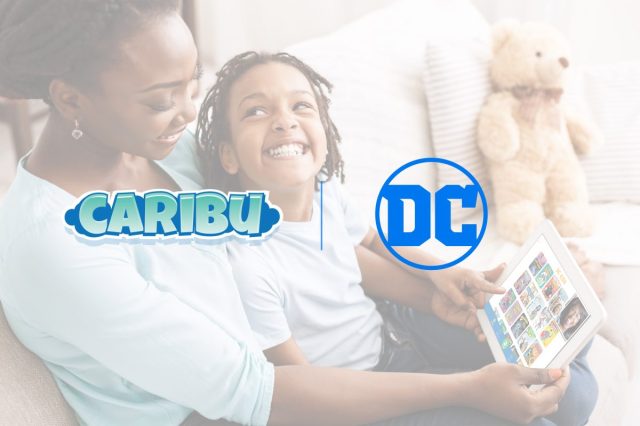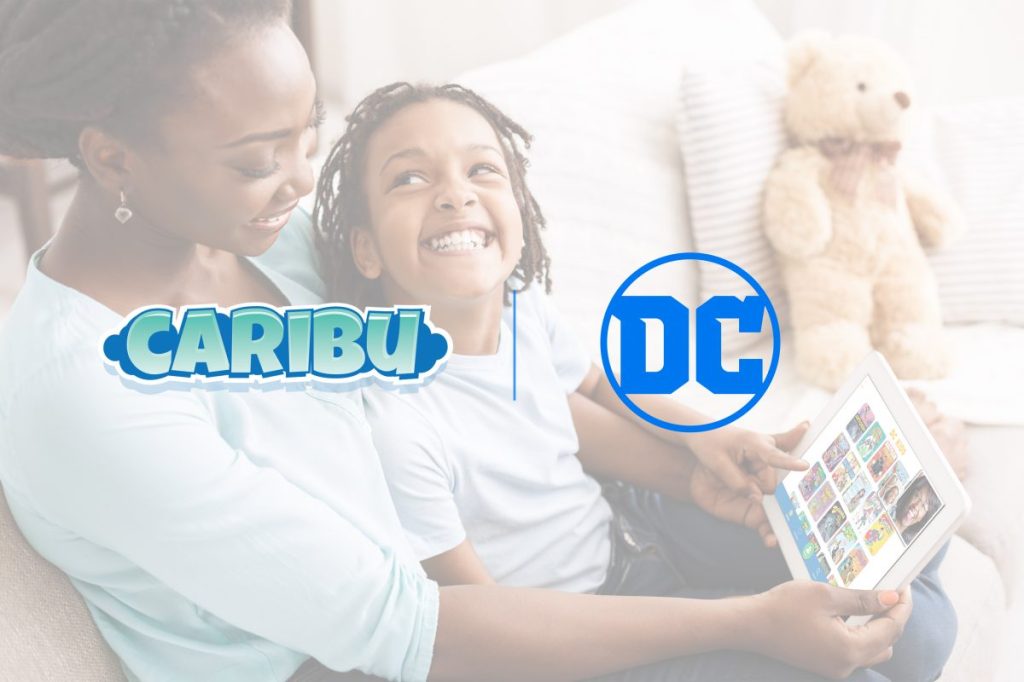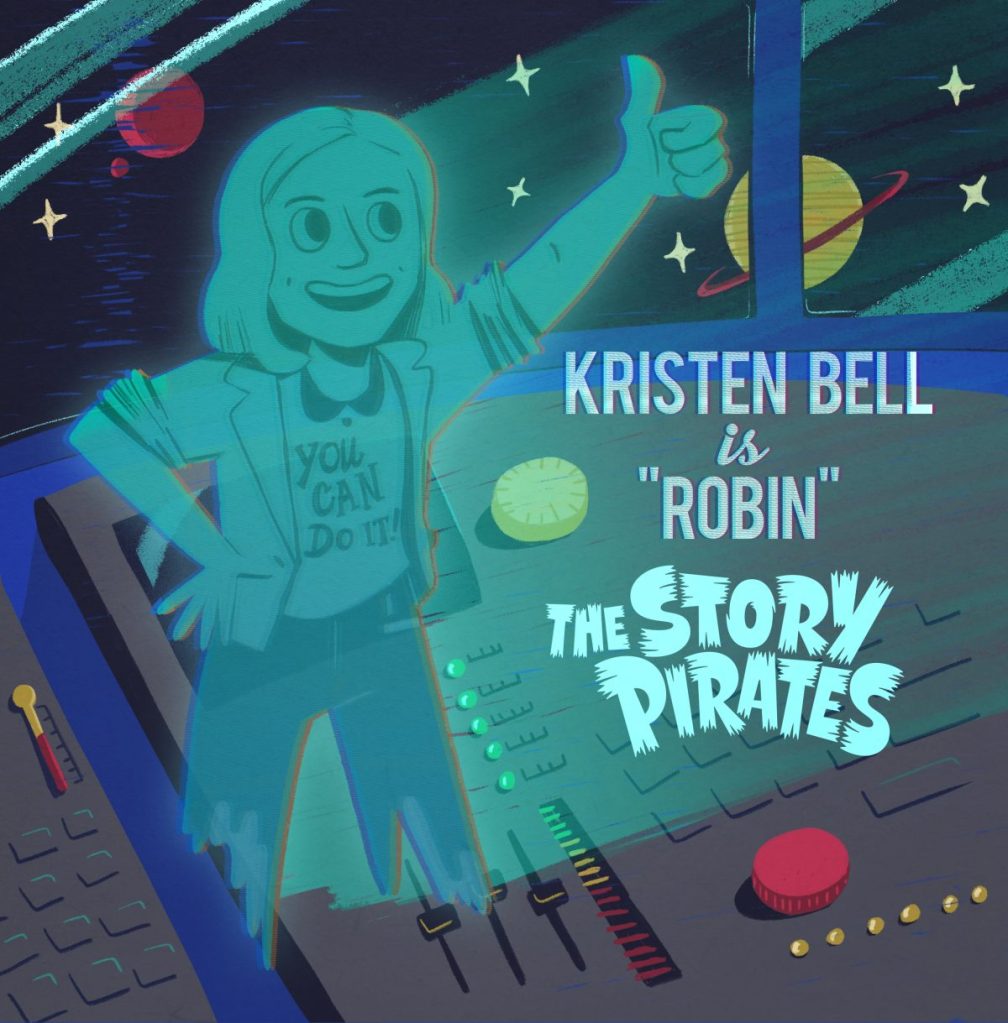
As a parent of a child with special needs, I’m going to zero in the stigma of the derogatory word used to describe people with mental disabilities. This word is also used as slang and to make fun of others, in reference to them being stupid.
I remember very clearly sitting across from the psychologist as he was reading the results from my daughter’s most recent tests. It was her three-year evaluation where they do a full evaluation and everyone sits around the table and talks about her results and gives recommendations.
This is one of many things as a special needs parent, that is difficult to hear and read. Listening to them refer to her level in ages. It’s just tough to hear, so I brace myself and force a smile. After all, this is just a routine IEP.
I, however, was not prepared for what was said next. As the psychologist was rambling about spatial this, decoding that, my mind was wandering. I was thinking about my beautiful 7-year-old girl and I was wondering what she was doing in class. Then my attention got diverted back as he went on to say her scores indicate “mental retardation.”
I was familiar with the term, of course, but have never heard it in reference to my daughter. I felt sucker-punched. Obviously, I am aware that my daughter is cognitively delayed. She is non-verbal and her receptive language is weak, but developing. At this same meeting, I was told my daughter would never talk or understand spoken word only visuals. I firmly disagreed.
I stared across the table at him biting my lip to keep the tears from flowing. He looked visibly uncomfortable and went on to explain it was just the way the scoring is done. He looked like he almost felt bad saying it.
I had to resist the urge to flip the table over and scream, “Do not talk about my daughter this way. This is not my daughter. She is bright and funny, mischievous, and yes challenging I will admit, but full of potential!” I felt sick. I could see her teacher giving me the slide glance as she thankfully piped in with her recommendations and some positive attributes. I could barely hear her, though. I just needed to get out of there.
I cried all the way home. I honestly don’t know how I safely drove home, it was heart-wrenching.
That word has such a negative stigma to it there was a campaign to permanently change it.
It is now referred to as an intellectual disability.
The problem is, although that word makes me cringe and it has such a negative impact, it is just a word.
Which will be replaced by another word.
The heart of the issue is not simply a word that shouldn’t be used. It is the attitude and overall assumption that special needs people are “less than.” That their lives are not as worthy as typical people.
Ironically, today, I had an experience with a lady who came to look at the daycare that I run. In the midst of the conversation, autism came up, and I told her that I had a daughter with autism. She started to talk about how her friend’s son was “seemingly fine one day and autistic the next.” She said point-blank that he was completely fine then all of a sudden….and then she jerked her head back and began shaking it around, as if she were acting out what it looks like to be autistic. I just stared at her. If I weren’t wearing a mask, my mouth would if dropped open.
I couldn’t even speak, I was so stunned. I am hardly ever at a loss for words but this time words failed me. She went on, talking about how hard it is, mumbling something else as I continued to stare at her.
I can not believe that an adult in this day and age would do this. Outwardly make fun of a disability. Completely inaccurately, I might add. And at a daycare, to a professional who just told you they had a child with autism! I have developed a thick skin over the years—it didn’t hurt my heart the way it once would have—but I was in disbelief.
It is complete ignorance, and it starts at home. We need to teach our typical children to do better.
We need to educate and show our children to the world. To be proud of them and not ashamed. The thinking that any one group of people is better than the next is outdated and simply untrue. Everyone’s life has meaning and value.
My daughter lives her best life every day. Her heart is pure. She doesn’t know evil, prejudice, or hate. Her life is simple. She smiles and, I swear, light radiates through. Her laugh is the sweetest sound you will ever hear.
She is worthy. She is deserving of everything life has to offer. She is different but not less: if anything she is more.
Her soul is full of beauty and innocence. It is up to us to stand up and protect her and others like her. To tell the world how imperfectly perfect they are. To set an example, to give grace, and to educate.
It is not enough to just erase the word. We have to advocate, educate and enlighten others. No more secret world of special needs, we will share the beauty, the joy, and the challenges and show the world how deserving our kids are.







